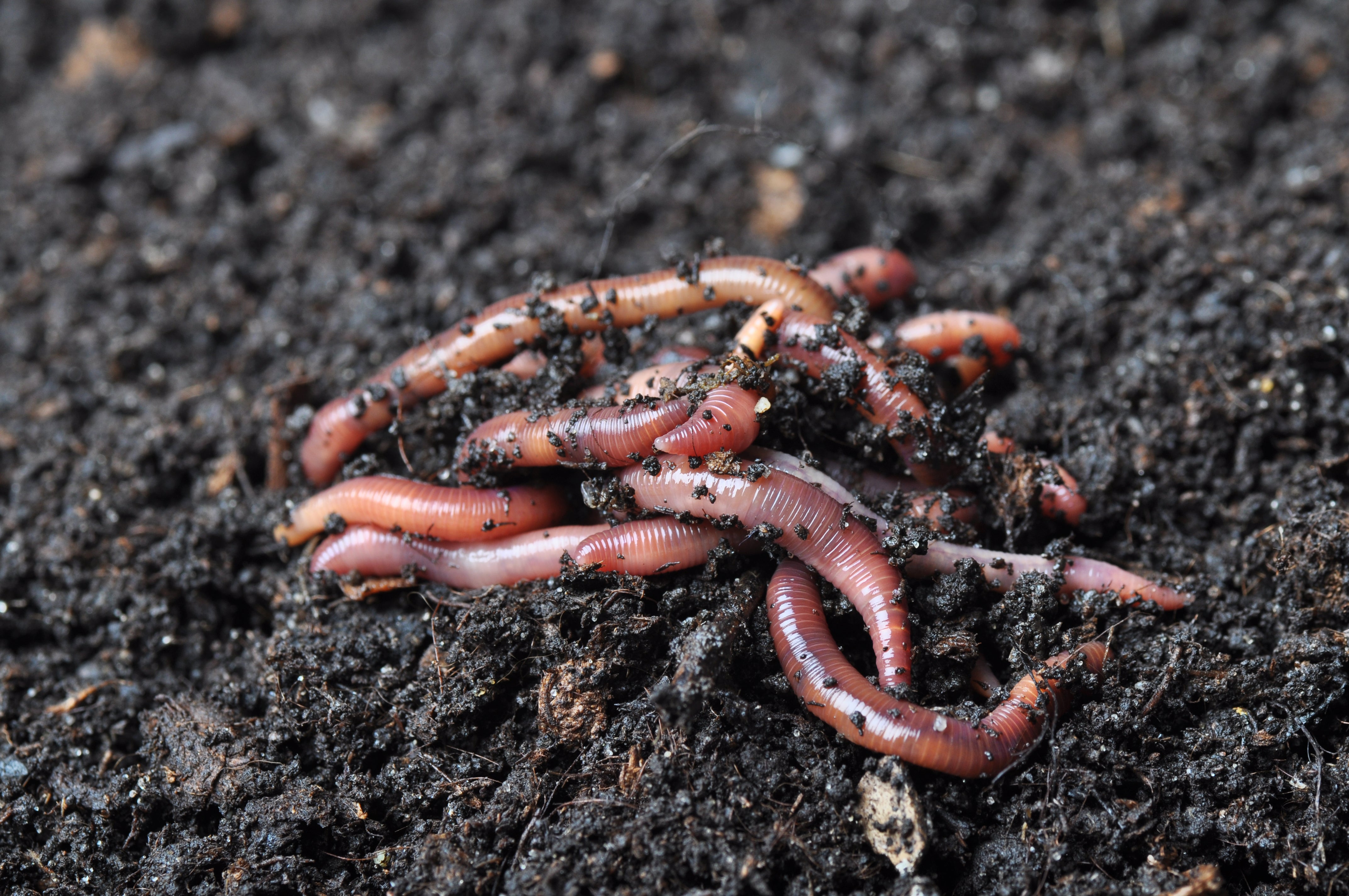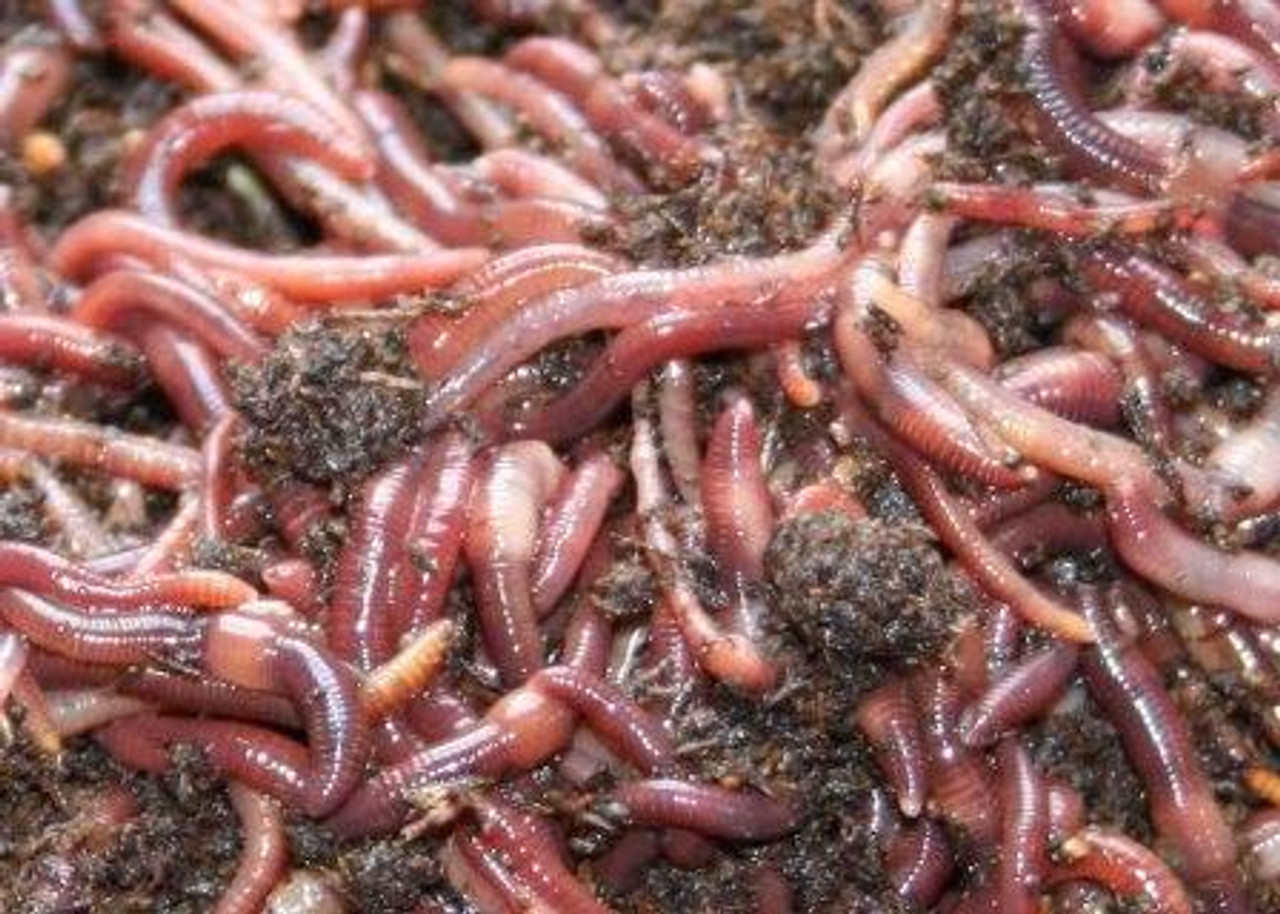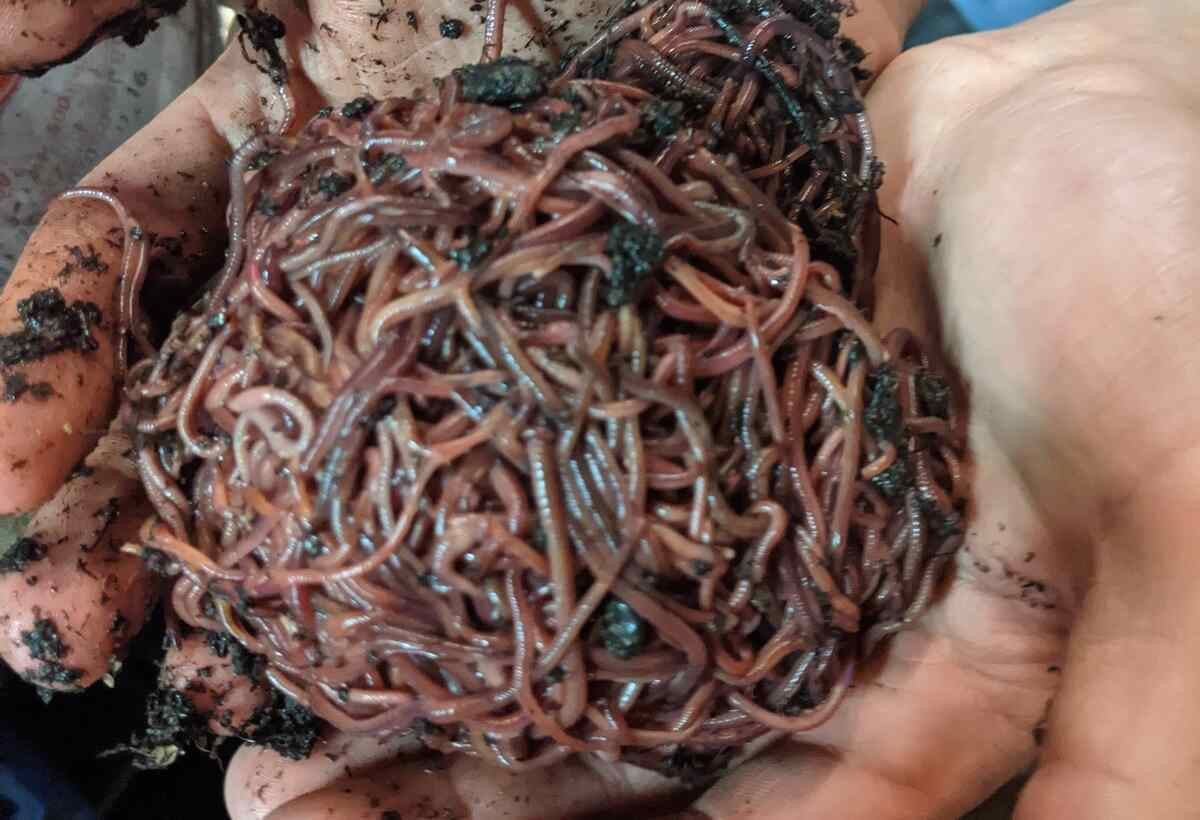Lake Hickory Bait Provides the Tools You Need for a Perfect Lawn
Lake Hickory Bait Provides the Tools You Need for a Perfect Lawn
Blog Article
Unlock the Secrets of Red Wigglers: Your Overview to Composting Success
The combination of red wigglers into composting techniques provides a significant possibility for improving soil wellness and promoting sustainability. Understanding their requirements and behaviors is crucial for maximizing their capacity, from establishing up a proper worm bin to feeding them the ideal materials.

What Are Red Wigglers?
(Lake Hickory Bait)Red wigglers, scientifically called Eisenia fetida, are a types of earthworm primarily used in composting due to their impressive capability to decay raw material effectively. These worms are identified by their reddish-brown coloration and a fractional body, usually gauging between 3 to 4 inches in size. Unlike other earthworm types, red wigglers thrive in rich, natural environments, making them excellent for vermicomposting systems.
Native to The United States And copyright, they are frequently located in decaying leaves and compost heap, where they play a vital role in nutrient recycling. Their adaptation to residing in a wet, aerobic atmosphere allows them to consume big amounts of natural waste, breaking it down into nutrient-rich castings that improve dirt health.
Red wigglers recreate quickly, with a single worm capable of generating numerous cocoons each week, each consisting of numerous hatchlings. Understanding the biology and behavior of red wigglers is vital for optimizing their capacity in composting applications.
Advantages of Utilizing Red Wigglers
Taking advantage of the power of red wigglers in composting uses many advantages that improve soil health and promote sustainable waste monitoring. These impressive microorganisms effectively break down raw material, changing cooking area scraps and lawn waste into nutrient-rich vermicompost. This completed product is incredibly helpful for plant development, as it boosts soil framework, enhances dampness retention, and enhances vitamins and mineral schedule.

(Lake Hickory Bait)Additionally, the presence of red wigglers in your composting system can speed up the composting process, generating top notch compost in a portion of the time contrasted to conventional methods. The spreadings produced by these worms are likewise brimming with valuable bacteria that further enhance the soil environment.
Establishing Your Worm Container
Creating an efficient worm container is a simple procedure that can considerably boost your composting efforts. The very first step is choosing an ideal container. Worm bins can be made from plastic storage space containers, wooden boxes, or readily offered worm bins. Make certain the bin has appropriate drainage and ventilation openings to keep optimal wetness degrees and airflow.
Following, prepare the bedding material, which works as the worms' environment. A mix of shredded paper, cardboard, and coconut coir works well, giving a comfy environment for the worms. Aim for a bed linen depth of concerning 4-6 inches. Dampen the bedding gently, guaranteeing it appears like a moist sponge without excess water merging at the bottom.

Feeding Your Red Wigglers
To ensure the wellness and productivity of your red wigglers, it is vital to give them with a balanced diet regimen that satisfies their dietary requirements. Red wigglers thrive on a varied range of natural materials, which not just supply needed nutrients but additionally promote reliable composting.
Start by including kitchen scraps such as veggie peels, fruit cores, and coffee grounds. Prevent citrus fruits, onions, and garlic, as these can be detrimental to worm health and wellness. Additionally, introduce shredded paper, cardboard, and completely dry leaves to produce a well-aerated setting.
Feeding frequency need to be kept track of; normally, worms can consume half their body weight in food weekly. It is vital to avoid overfeeding, as excess food can result in undesirable odors and draw in bugs. A great technique is to add food in little quantities, permitting worms to process it before presenting extra.
Maintaining wetness degrees is additionally vital; the bed linen must be damp but not soggy. Be certain to consistently check the temperature and pH levels of the bin to guarantee an ideal atmosphere for your red wigglers, eventually boosting their composting performance.
Harvesting and Making Use Of Garden Compost
A successful composting process with red wigglers finishes in the abundant, dark compost called vermicompost, which can significantly boost dirt health and wellness and plant growth. Harvesting this nutrient-dense product usually takes place every 3 to six months, relying on the size of your system and the amount of organic matter being refined.
To gather, gently different the garden compost from the worms and any undecomposed products. One efficient method entails moving the contents of the container to one side and including fresh bed linen and food to the empty area, encouraging the worms to move. After a few days, the garden compost can be gathered from the contrary side.
It is crucial to utilize vermicompost properly to optimize its benefits. By integrating vermicompost right into your horticulture regimen, you not only reuse natural waste but likewise develop a thriving environment that sustains lasting gardening practices.
Final Thought
In recap, red wigglers serve as outstanding allies in composting initiatives, transforming organic waste into nutrient-rich vermicompost. By understanding the optimal problems for their environment, feeding demands, and compost harvesting methods, gardeners can enhance dirt wellness and advertise plant vitality.
Report this page